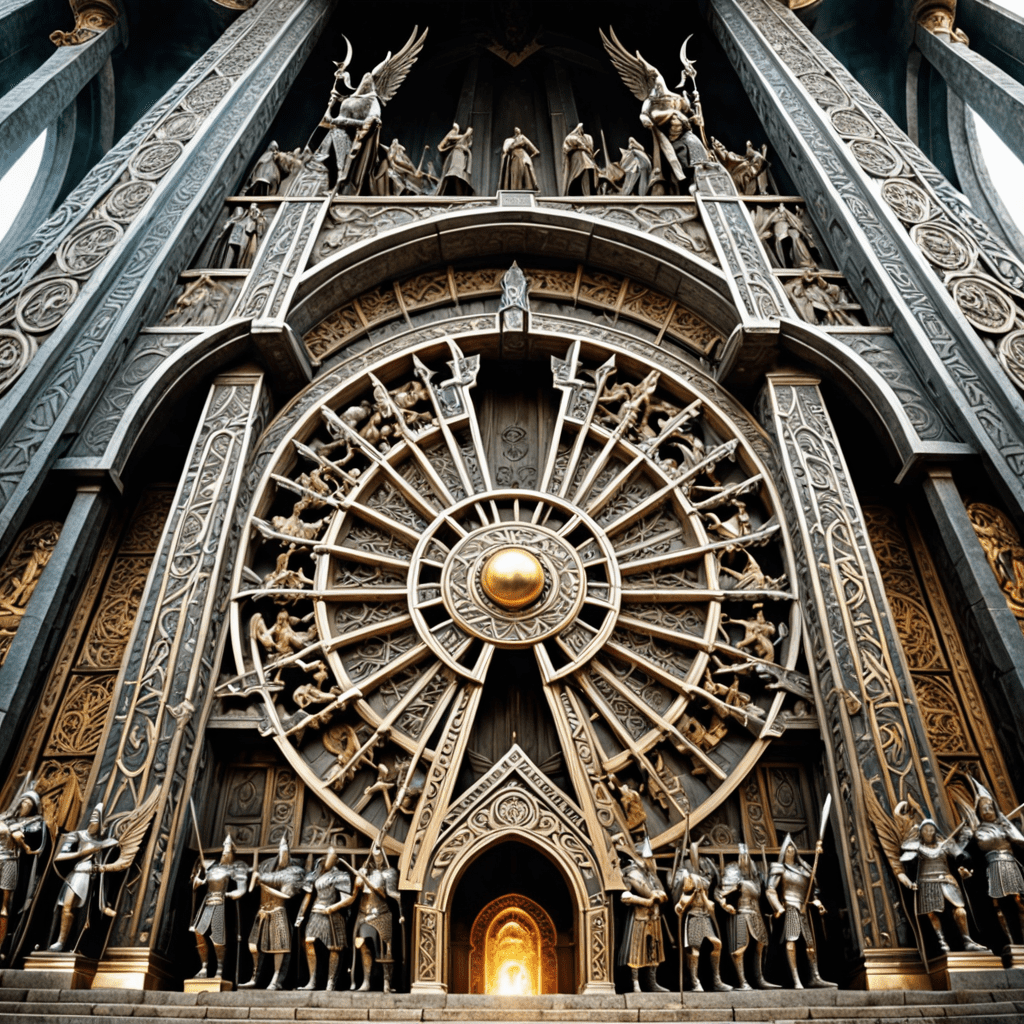The Influence of Norse Mythology on Art and Architecture
1. What is Norse Mythology?
Norse mythology refers to the body of myths, legends, and beliefs that were prevalent in the Scandinavian countries during the Viking Age, roughly from the 8th to the 11th century. These myths were passed down through oral tradition before being recorded in texts like the Poetic Edda and the Prose Edda.
2. How Did Norse Mythology Influence Art?
Norse mythology had a significant impact on the art of the Viking Age and beyond. One of the most iconic examples is the intricate carvings found on Viking ships, known as Viking art. These carvings often depicted scenes from mythology, including Thor battling the World Serpent or Odin riding his eight-legged horse, Sleipnir.
3. How Did Norse Mythology Influence Architecture?
Norse mythology also left its mark on the architecture of the Scandinavian countries. For example, the design of the famous stave churches in Norway often incorporates elements inspired by Norse mythology. The elaborate wood carvings on these churches often feature motifs such as dragons, beasts, and intertwining serpents, reminiscent of creatures from the Norse myths.
4. The Legacy of Norse Mythology in Modern Art and Architecture
Even today, Norse mythology continues to inspire artists and architects around the world. From paintings and sculptures depicting scenes from the myths to modern buildings that incorporate Nordic design elements, the influence of Norse mythology can be seen in various artistic and architectural works across the globe.
FAQ about the Influence of Norse Mythology on Art and Architecture
What is Norse Mythology?
Norse Mythology refers to the tales, beliefs, and legends of the pre-Christian Norse people originating from the region of Scandinavia. It includes deities, such as Odin, Thor, and Loki, as well as various creatures and cosmological concepts.
How did Norse Mythology influence Art and Architecture?
Norse Mythology had a significant impact on various forms of artistic expression and architectural design. Artists and architects drew inspiration from Norse myths, incorporating motifs, symbols, and themes into their work. This influence can be seen in intricate carvings, decorative patterns, and structural elements reflecting Norse mythological stories.
Can you provide examples of Norse Mythology in Art and Architecture?
Examples of Norse Mythology in art include sculptures of Norse gods, like Thor wielding his hammer, Mjölnir, or depictions of the World Tree, Yggdrasil. In architecture, buildings may feature designs inspired by Norse symbols like the Valknut or incorporate mythological narratives into stained glass windows or murals.
Why is the Influence of Norse Mythology on Art and Architecture significant?
The integration of Norse Mythology into art and architecture not only enriches cultural heritage but also serves to preserve and celebrate the myths


